*Introduction:*
Alocasia macrorrhiza, commonly known as Giant Taro or Elephant Ear, is a tropical plant that belongs to the Araceae family. Native to Southeast Asia and Australia, this stunning plant is prized for its large, dramatic leaves and unique appearance. Alocasia macrorrhiza is a popular choice for adding a touch of exotic beauty to gardens and indoor spaces.
**Appearance and Leaves:**
Alocasia macrorrhiza showcases large, arrowhead-shaped leaves that are held upright on sturdy petioles. The leaves are typically green and glossy, but there are also varieties with dark purple or variegated patterns. The foliage can grow to impressive sizes, with leaves reaching up to 2 to 3 feet long and several feet wide, creating a striking and eye-catching display.
**Growth Habit:**
Alocasia macrorrhiza has a clumping or spreading growth habit, with multiple stems emerging from a central rhizome. The plant can reach heights of 4 to 6 feet, creating a bold presence in the landscape. In tropical regions, it can be grown outdoors, while in cooler climates, it is often cultivated as a stunning indoor plant.
**Cultivation and Care:**
Alocasia macrorrhiza thrives in warm and humid environments. It prefers well-draining, rich soil and requires regular watering to keep the soil moist, but not waterlogged. It appreciates bright, indirect light but should be protected from direct sunlight, as it can scorch the leaves. Alocasia macrorrhiza benefits from occasional misting to provide humidity and should be kept away from cold drafts. Fertilizing during the growing season can promote healthy growth and foliage.
**Landscape and Indoor Uses:**
Alocasia macrorrhiza is often used as a focal point or specimen plant in tropical and subtropical gardens. Its large, impressive leaves create a tropical ambiance and can be complemented by other lush foliage plants or colorful blooms. In indoor spaces, it adds a touch of drama and elegance, becoming a statement plant in large containers or as part of a tropical-themed display.
**Caution:**
It is important to note that all parts of Alocasia macrorrhiza are considered toxic and should be kept away from children and pets. The plant contains calcium oxalate crystals, which can cause skin irritation and discomfort if ingested. It is advisable to handle the plant with caution and wear gloves when working with it.
**Propagation:**
Propagation of Alocasia macrorrhiza can be done through division or by collecting and planting the plant’s seeds. Dividing the rhizomes is the most common method, as it allows for the production of new plants with established root systems. Divisions should have at least one or two stems attached and can be potted in suitable soil. Seed propagation requires more time and care, as the seeds need to be sown and nurtured until they develop into seedlings.
*Conclusion:*
Alocasia macrorrhiza, with its impressive leaves and tropical allure, is a remarkable plant that adds a touch of drama and elegance to any landscape or indoor setting. Its large foliage and unique growth habit make it a captivating focal point, and its easy care requirements make it suitable for both experienced gardeners and beginners. With proper cultivation and care, Alocasia macrorrhiza thrives, creating a lush and tropical ambiance and leaving a lasting impression on plant enthusiasts.

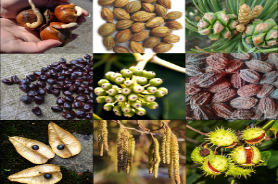





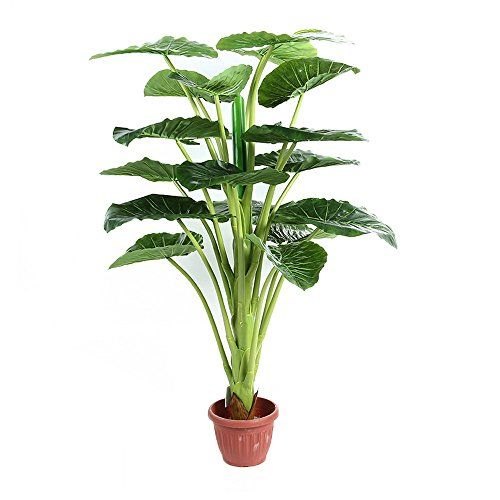
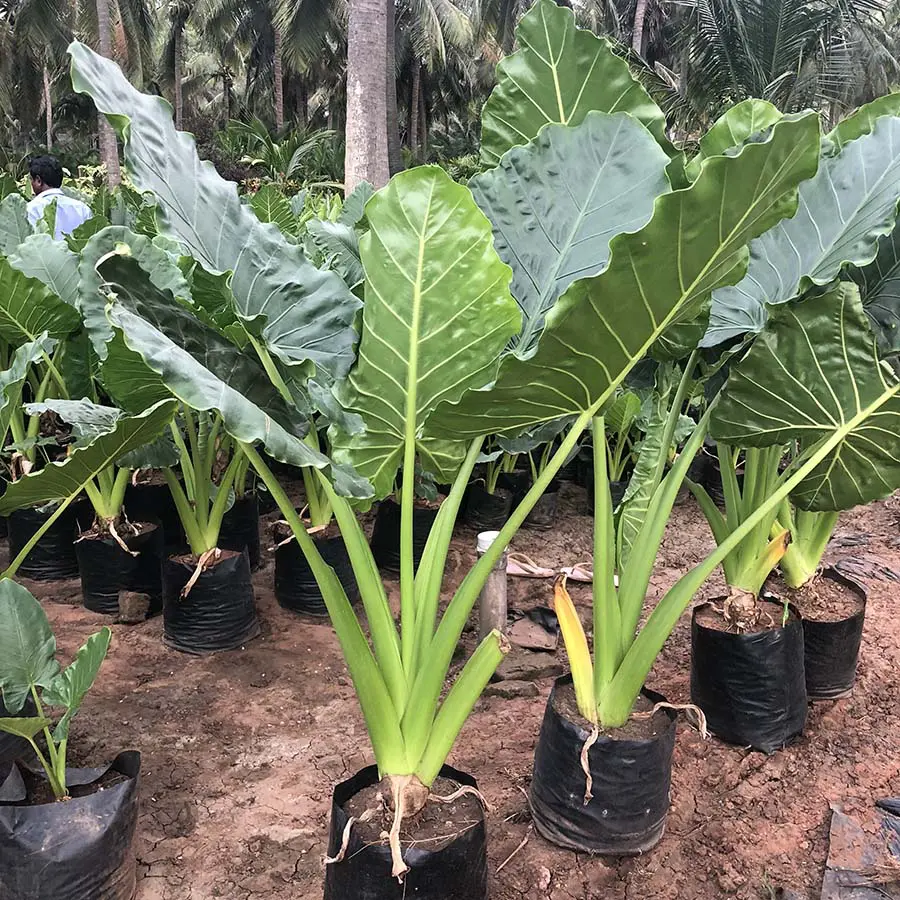
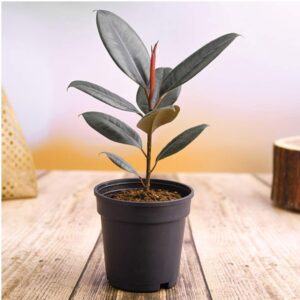
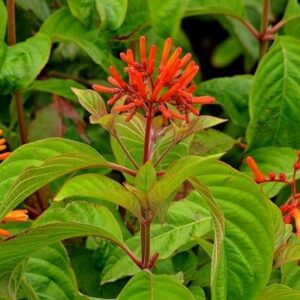
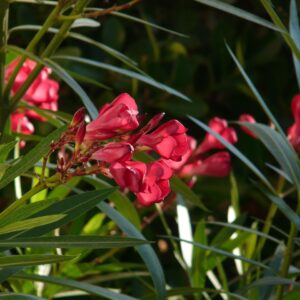

Reviews
There are no reviews yet.